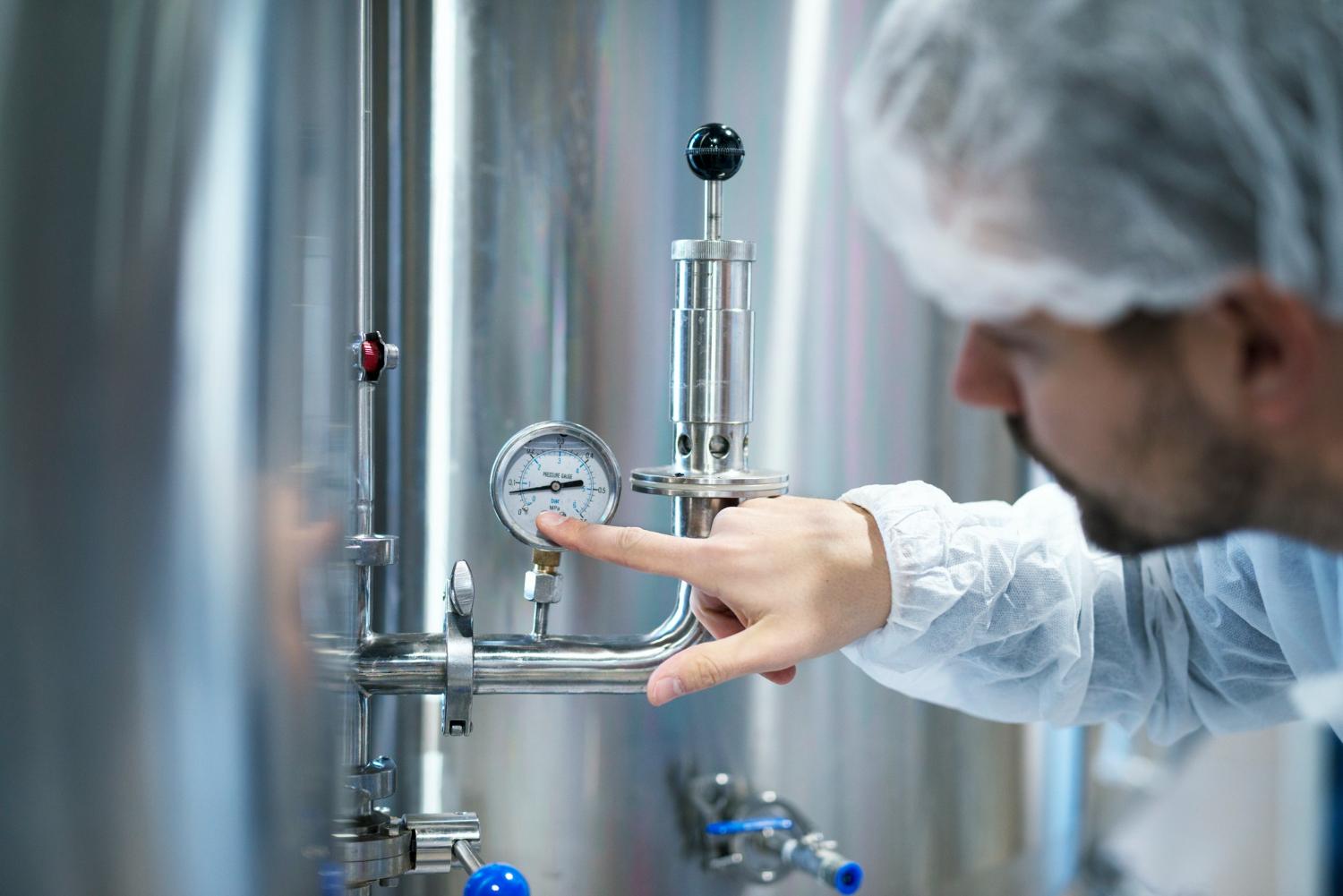Safe and clean water is today sparsely available to the increasing population. Here, water pollution is the main obstacle that needs to be tackled to ensure a continuous, safe water supply.
Water quality monitoring is something familiar; however, the traditional method of monitoring water quality in water treatment plants, rivers, lakes, dams, and water supply tanks needs to be updated.
The traditional method consists of laboratory-testing techniques that are time-consuming and expensive because they require manual work.
Over time, these testing techniques have seen some advancements; however, they still involve a lot of manual work.
But there’s always a better way than an older way, and here in the case of water pollution and water quality monitoring, there is the Internet of Things (IoT).
An IoT-based water quality monitoring system has turned out to be a blessing in this area, as it’s a more efficient, secure, and economical system that offers real-time monitoring.
Let me tell you all about an IoT based water pollution monitoring system.
What is a Smart Water Pollution Monitoring System?
An IoT based smart water pollution monitoring system uses smart sensors to measure various water parameters like temperature, dissolved oxygen level, turbidity, concentration of suspended solids, TDS level, pH, and more.
The smart water pollution monitoring system uses sensors to make sure that the water parameters are within the required range. It is much more efficient and safer compared to the traditional method of water monitoring, which is done manually using chemicals.
Hardware Components and Sensors Used in a Smart Water Pollution Monitoring System
Since it’s an IoT system, there will be hardware along with software. The hardware included in a water pollution monitoring system is a routing device, servers, and IoT sensors. These devices are used to manage functions such as system activation, communication, action stipulation, and detection to support the final goal, which is water pollution level monitoring.
The list of hardware components in a smart water pollution monitoring system is:
- pH Sensors
It’s very evident from the name that the pH sensor is utilized to monitor the pH of the water. The pH sensor will detect the acidity or alkalinity level of the water to ensure the safety of the water. Polluted water will be highly acidic, with a pH value of less than 6.5. Whereas, safe water should have a pH value between 7 and 8.
- Ultrasonic Sensors
The ultrasonic sensors release high-frequency sound waves at 40 kHz to send and receive ultrasonic waves. This is used to measure the proximity of an object inside the water or the depth of the water. Basically, ultrasonic sensors are utilized to measure the water level from the ground.
- Digital Thermometer Sensor
The aforementioned digital thermometer sensor is used to measure the temperature and humidity of water. With this thermometer, one can get information about the types of marine organisms that can survive in the water.
- Turbidity Sensor
Turbidity is one of the primary characteristics that determines the quality of water, as it is for measuring the clarity of water. Turbidity is measured based on the amount of light that is scattered by materials in the water. This is best for river and lake cleaning systems and wastewater recycling.
- Flow Sensors
As the name suggests, the flow sensors are for measuring the flow rate of water and gases if the water is flowing in pipes and conduits. Flow sensors are widely used to control and manage the required flow if there is leakage or a pressure drop in the piped water supply.
- Total Dissolved Solids (TDS) Sensors
TDS stands for Total Dissolved Solids, and it means the total amount of dissolved minerals, metals, and salts in water. It is necessary to measure the TDS value to determine whether the water is drinkable or not.
- Conductivity Sensors
It must be clear from the name that the conductivity sensor measures the ionic concentration of metals and non-metals inside water. TDS and conductivity sensors are widely used in agriculture to determine water quality while irrigating the field.
- Odour Sensor
Sometimes even the clear water stinks; however, there are also cases when there is an odor that is not so prominent. Overall, odor sensors are an important part of water pollution control.
- RF Module
In the RF module, RF stands for radio frequency. It’s a small electronic device that transfers and receives radio signals between two devices. Basically, an RF module is needed to initiate communication between smart sensors.
To sum up,
Water is a vital source for all living beings, and polluted water is the biggest threat. So, if contaminated water is detected earlier, suitable steps can be taken to manage water quality.
Therefore, you need a smart water pollution monitoring system. The IoT-based water pollution monitoring system is way better than traditional water monitoring methods.
PsiBorg is an IoT development services providing company that has made its name in the industry with its remarkable, client-oriented IoT services. So, if you are looking to get an IoT product, visit their website.



